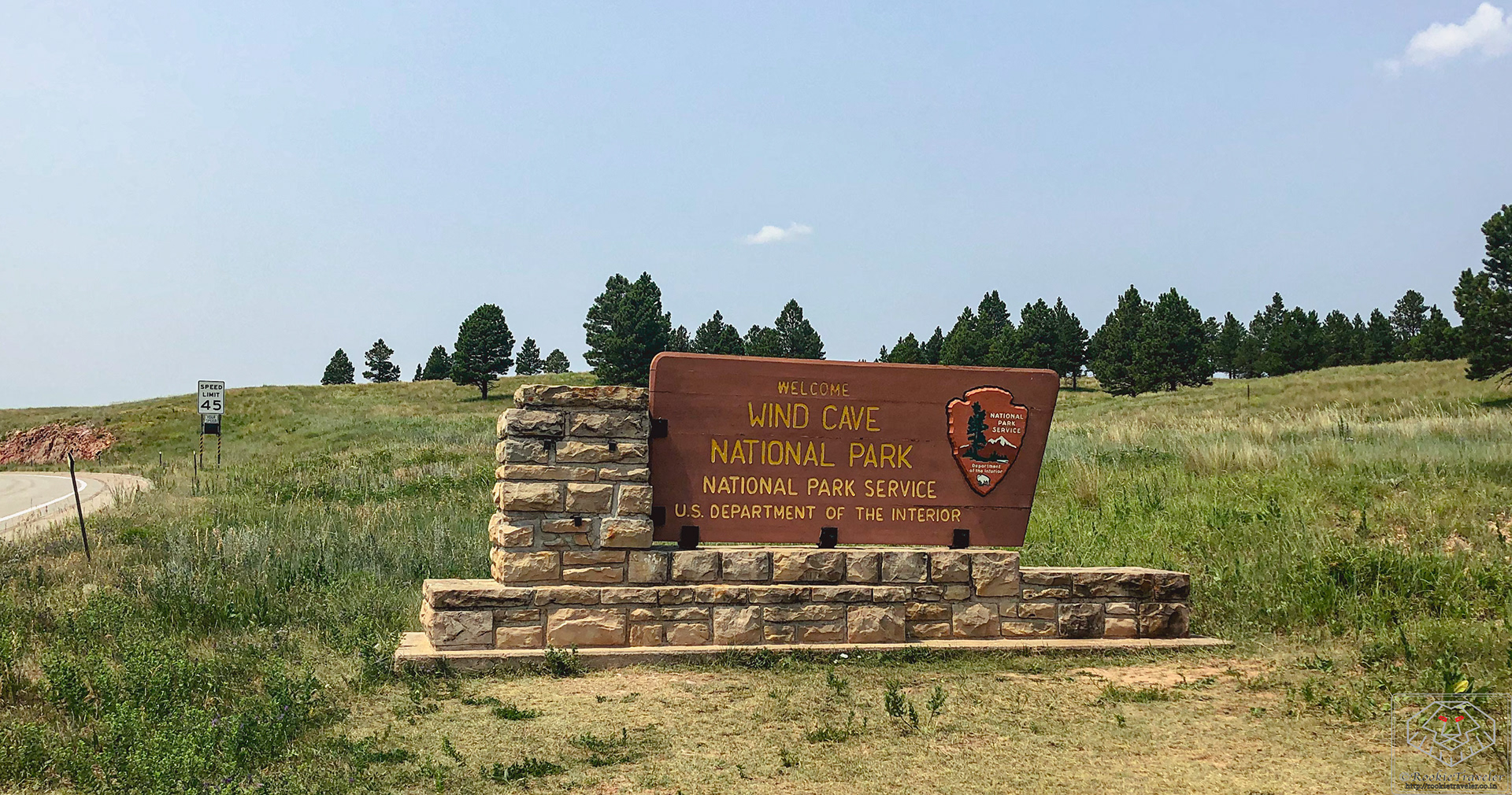


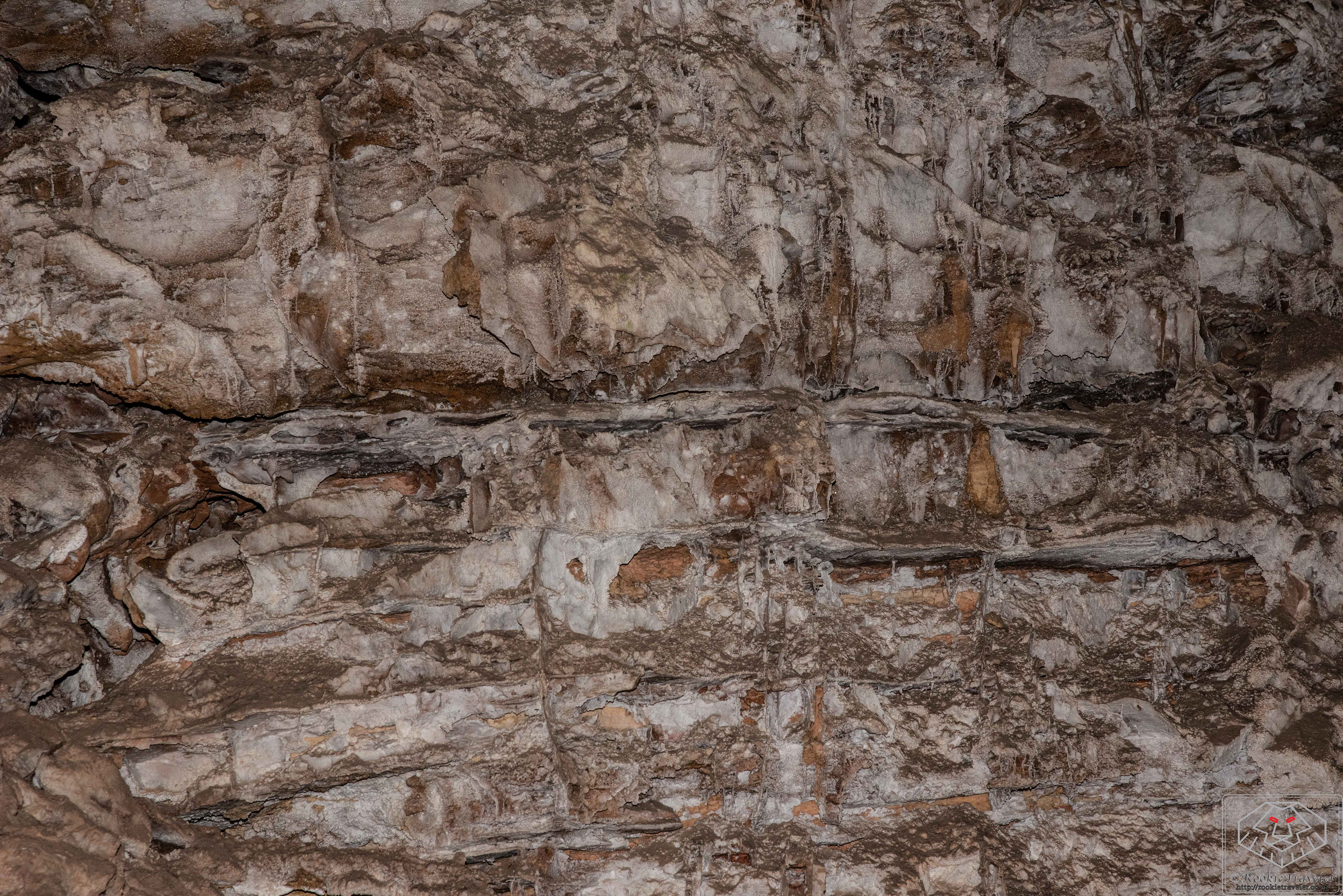
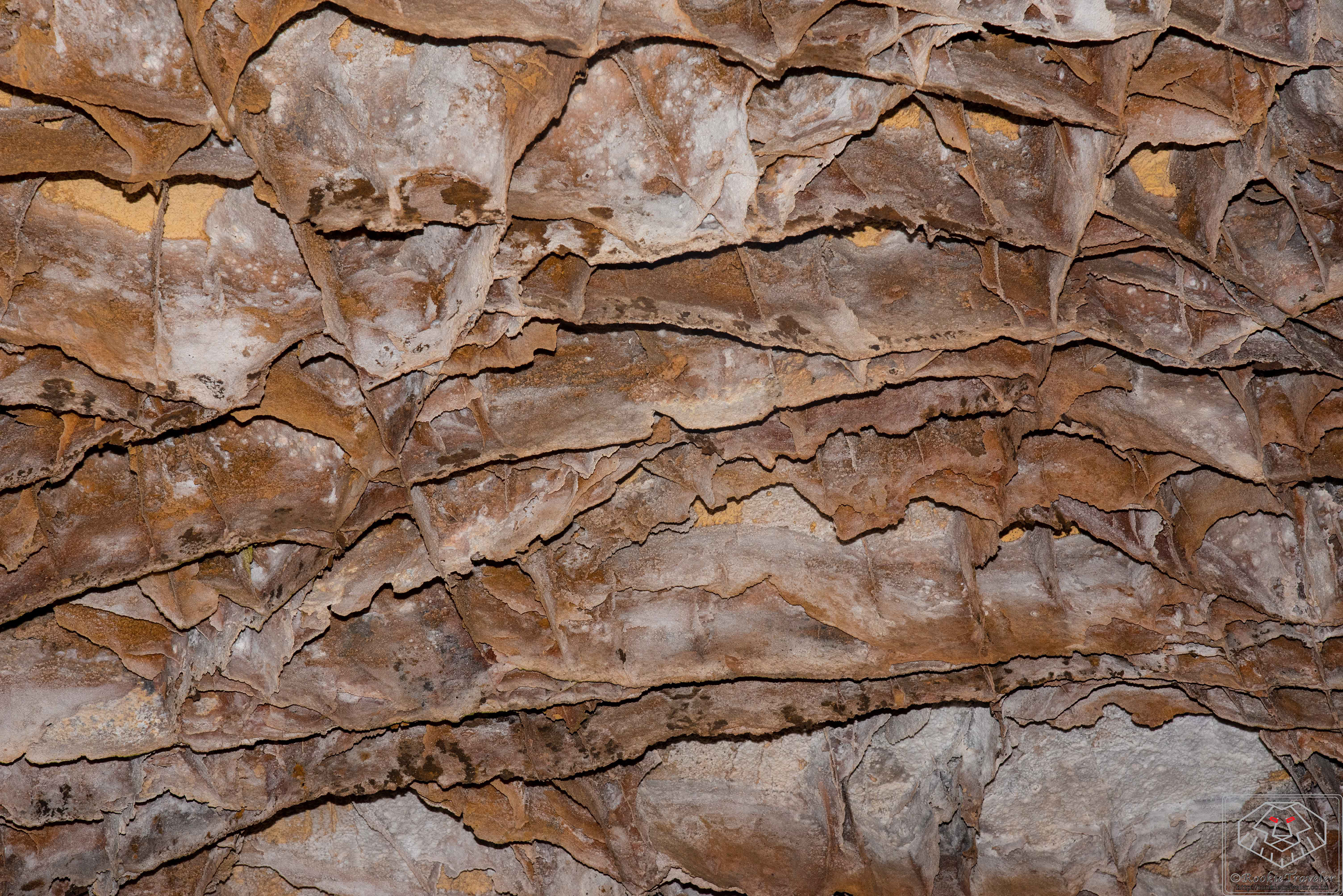
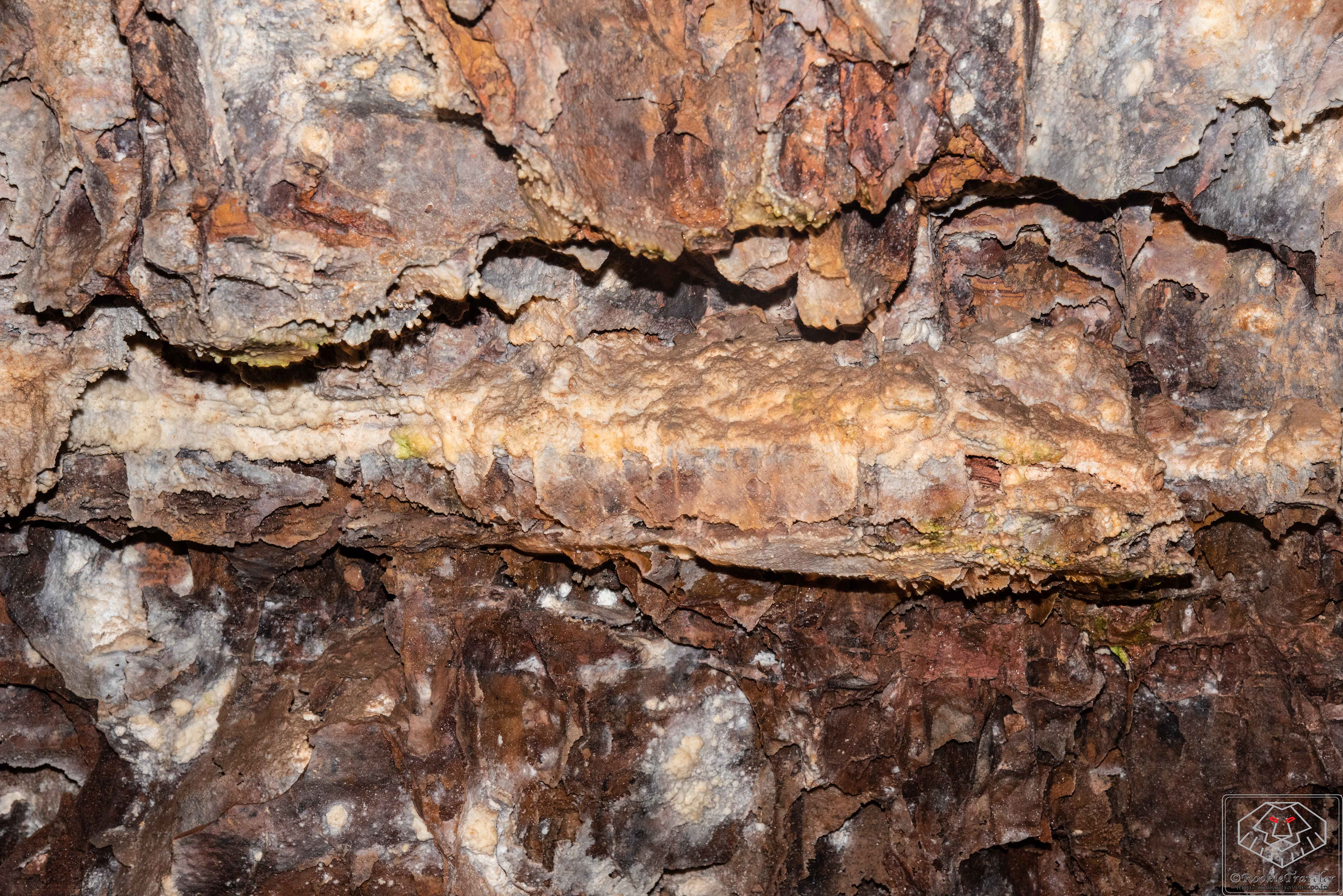
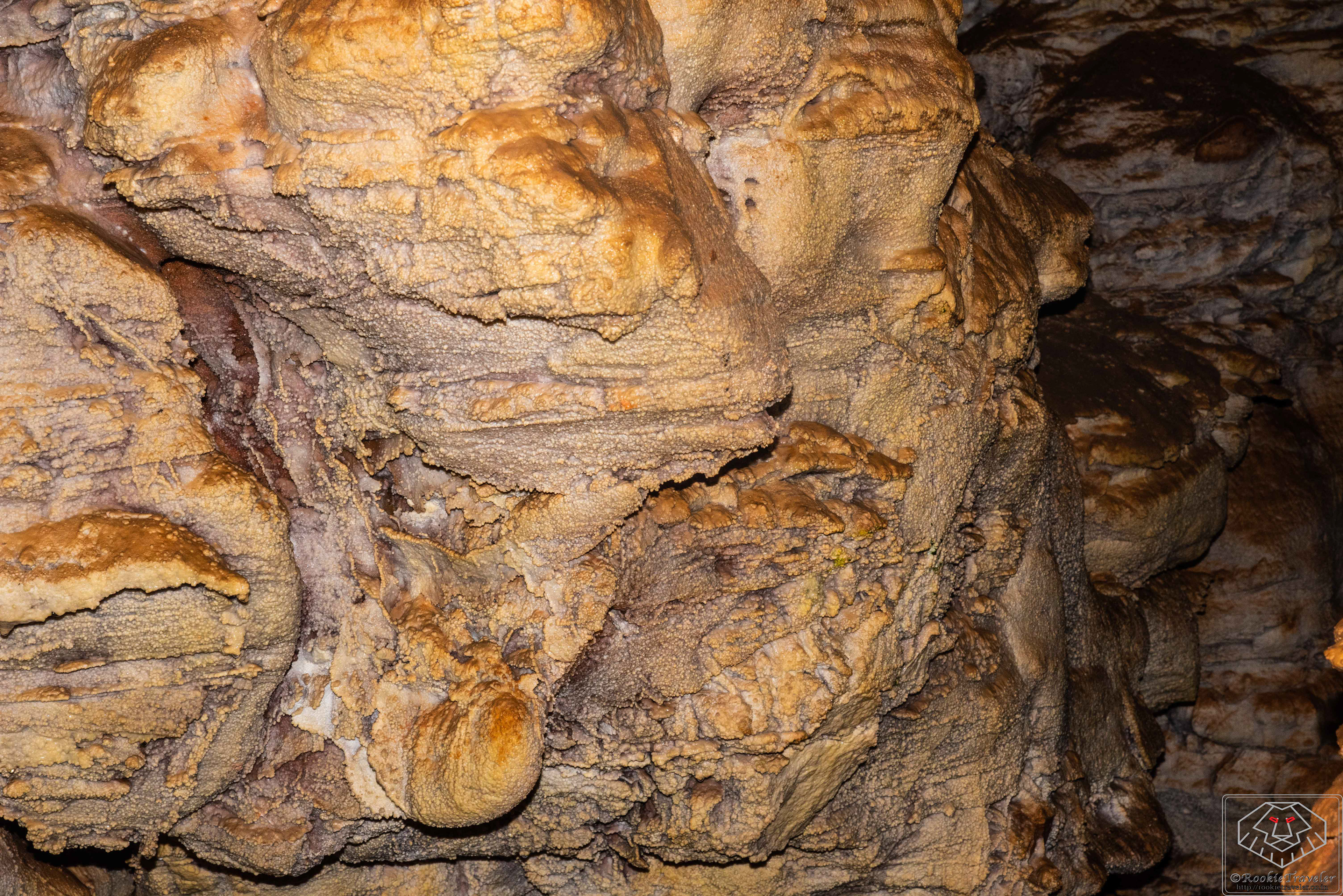
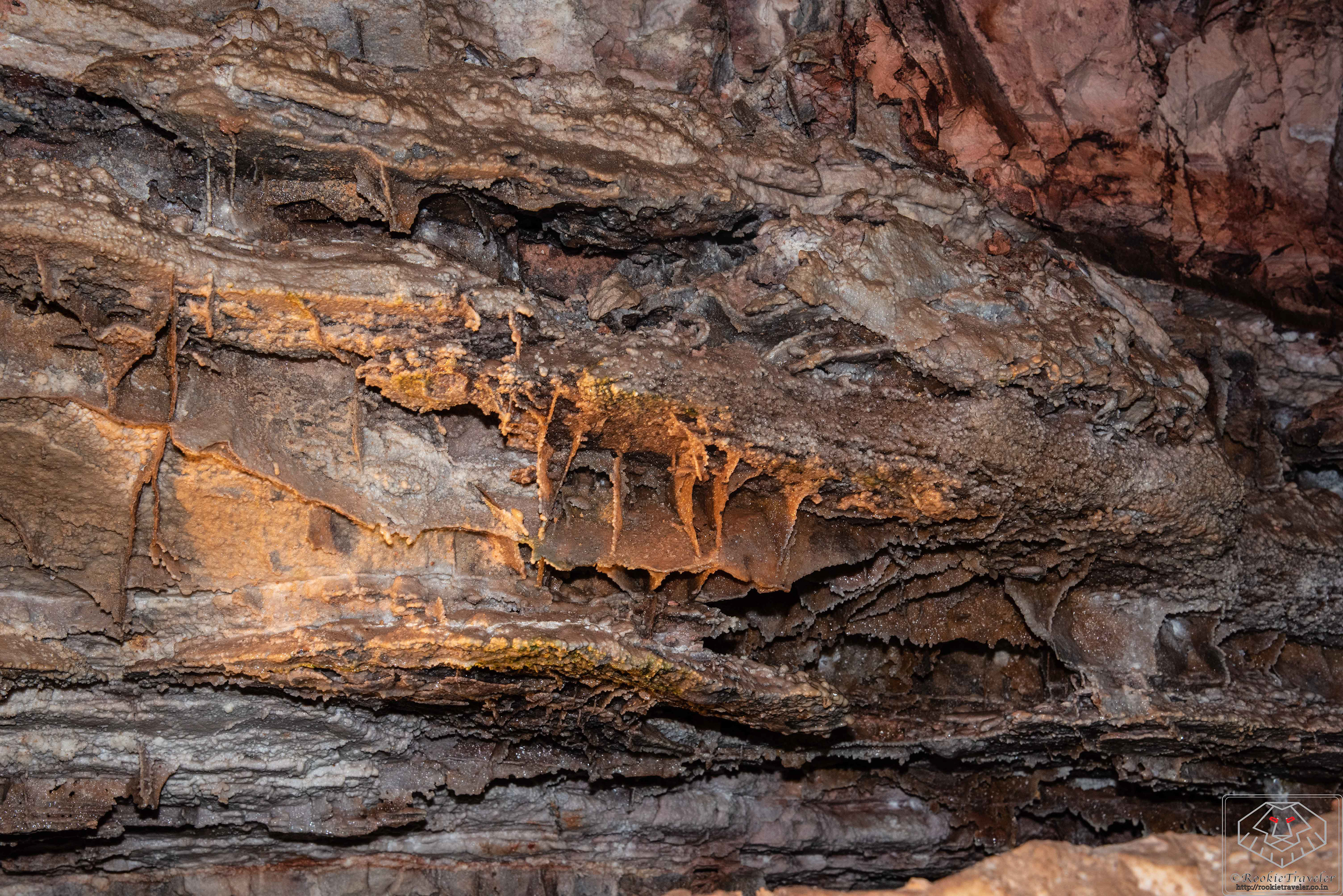
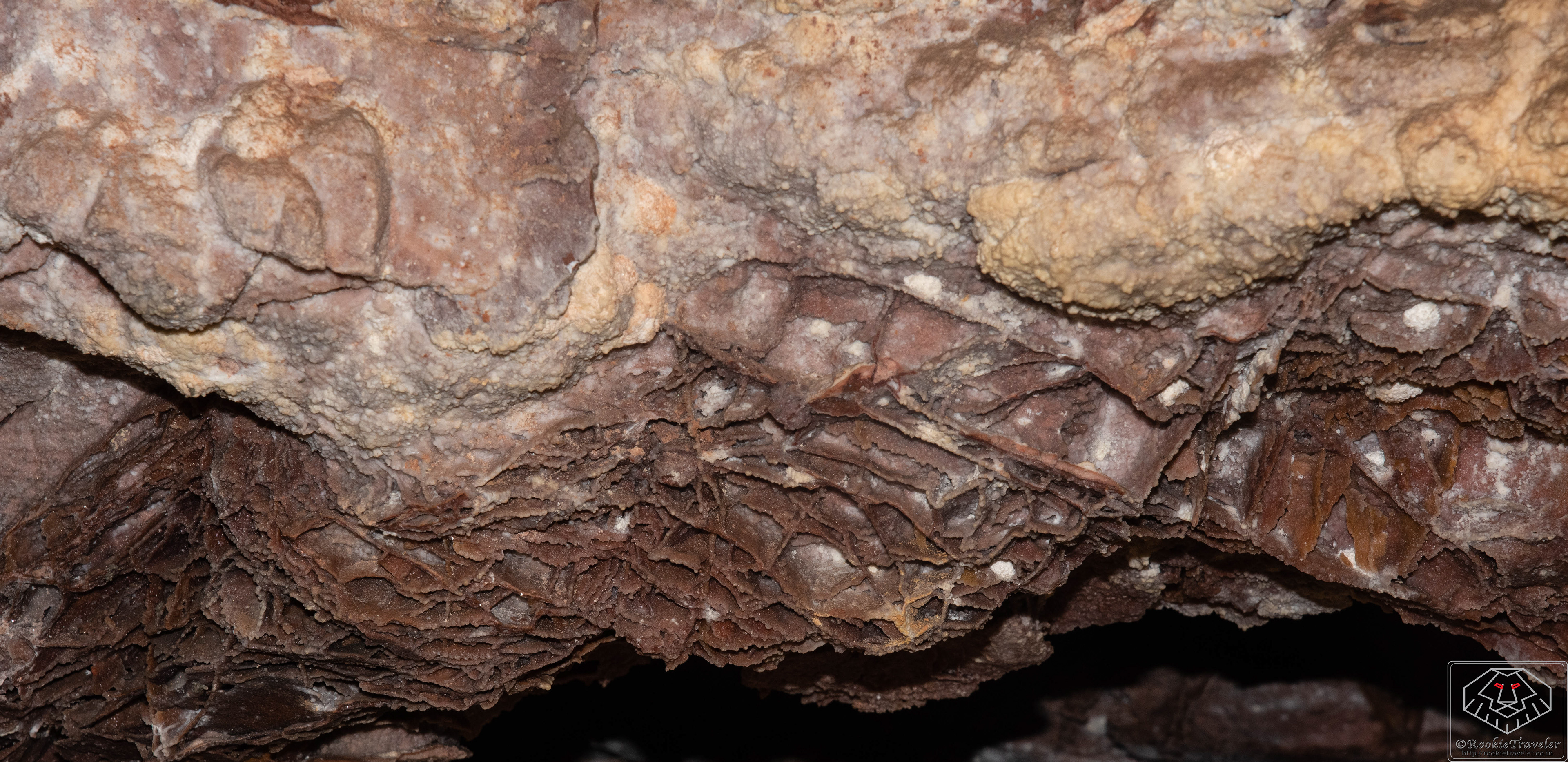
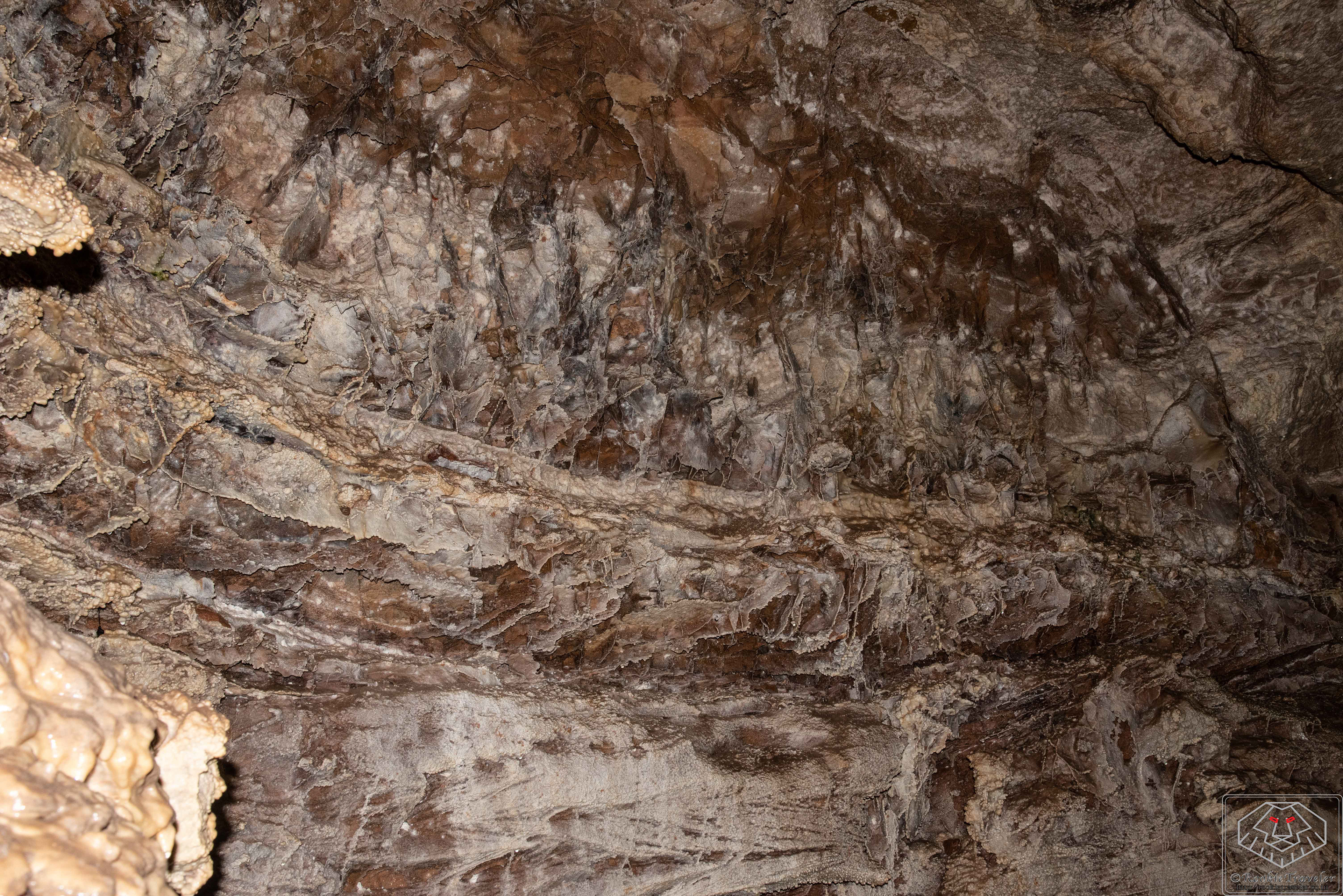
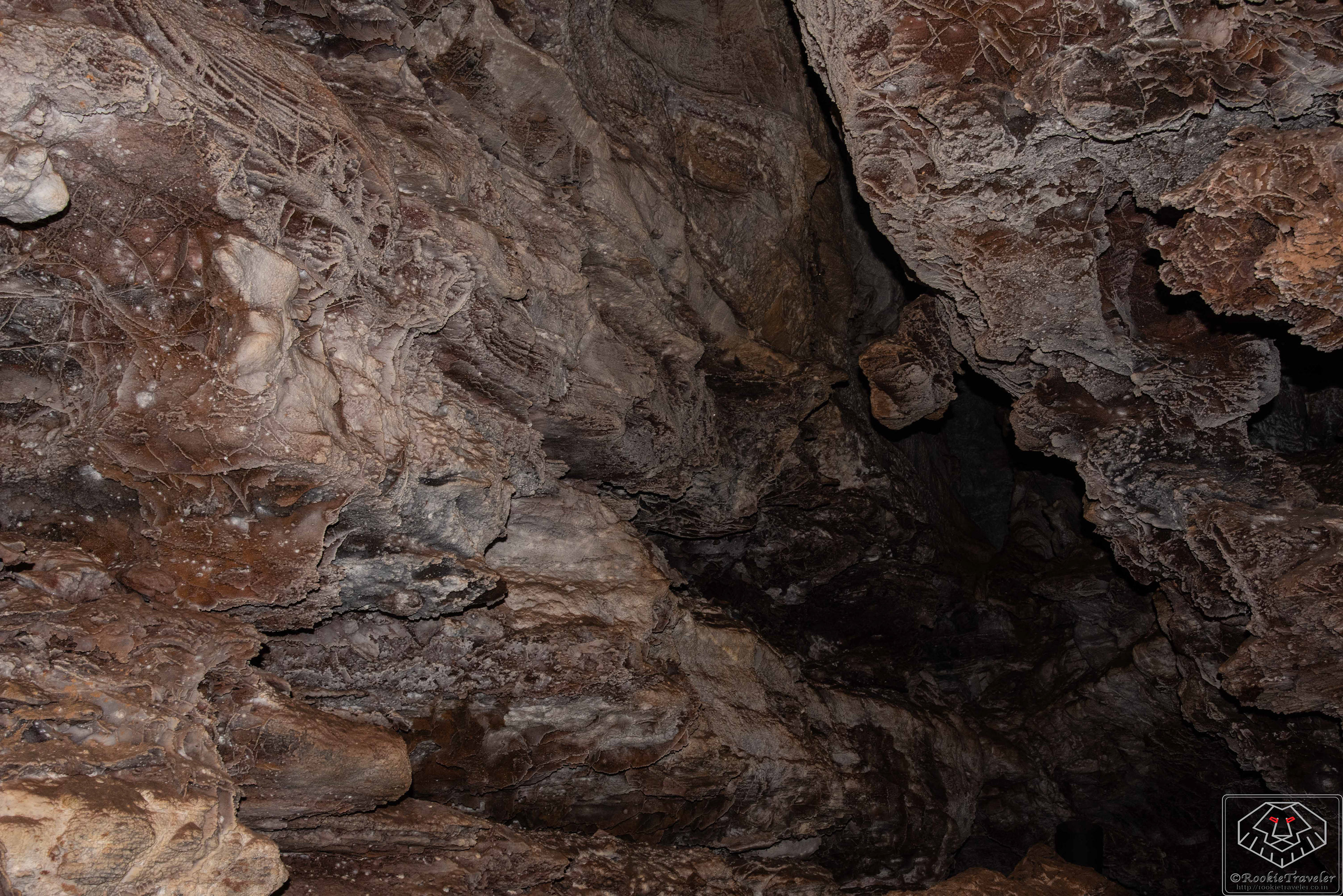
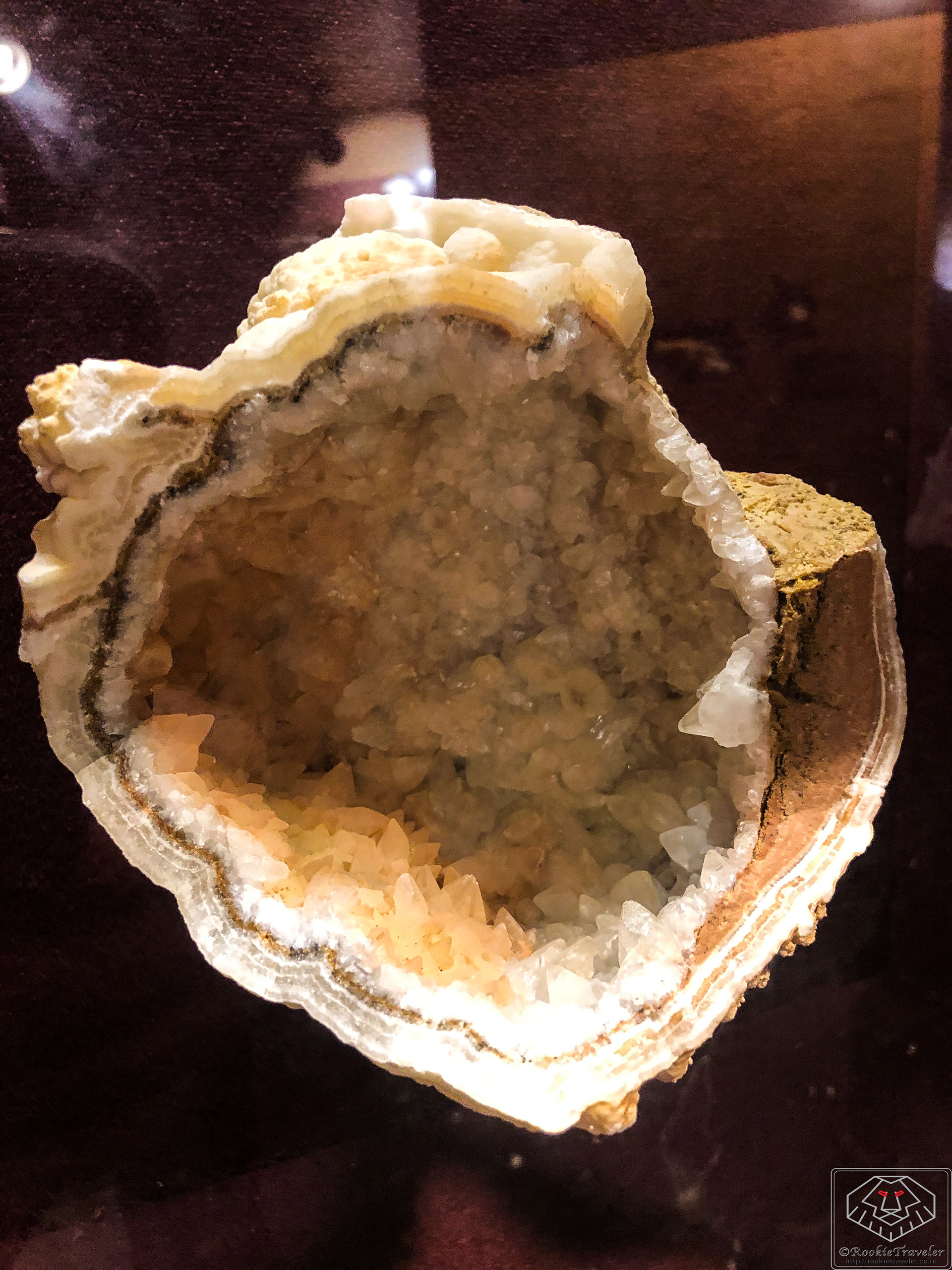
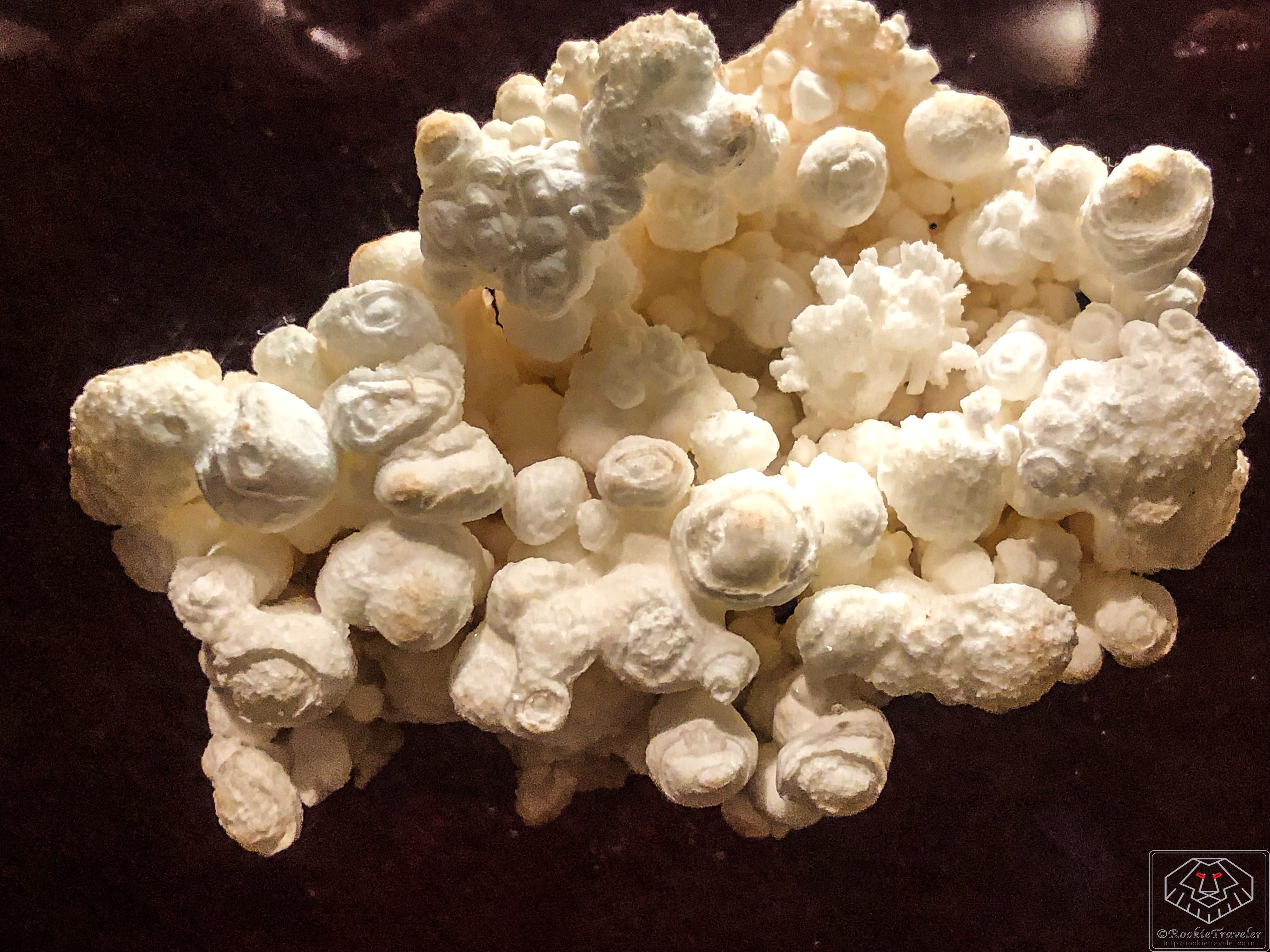
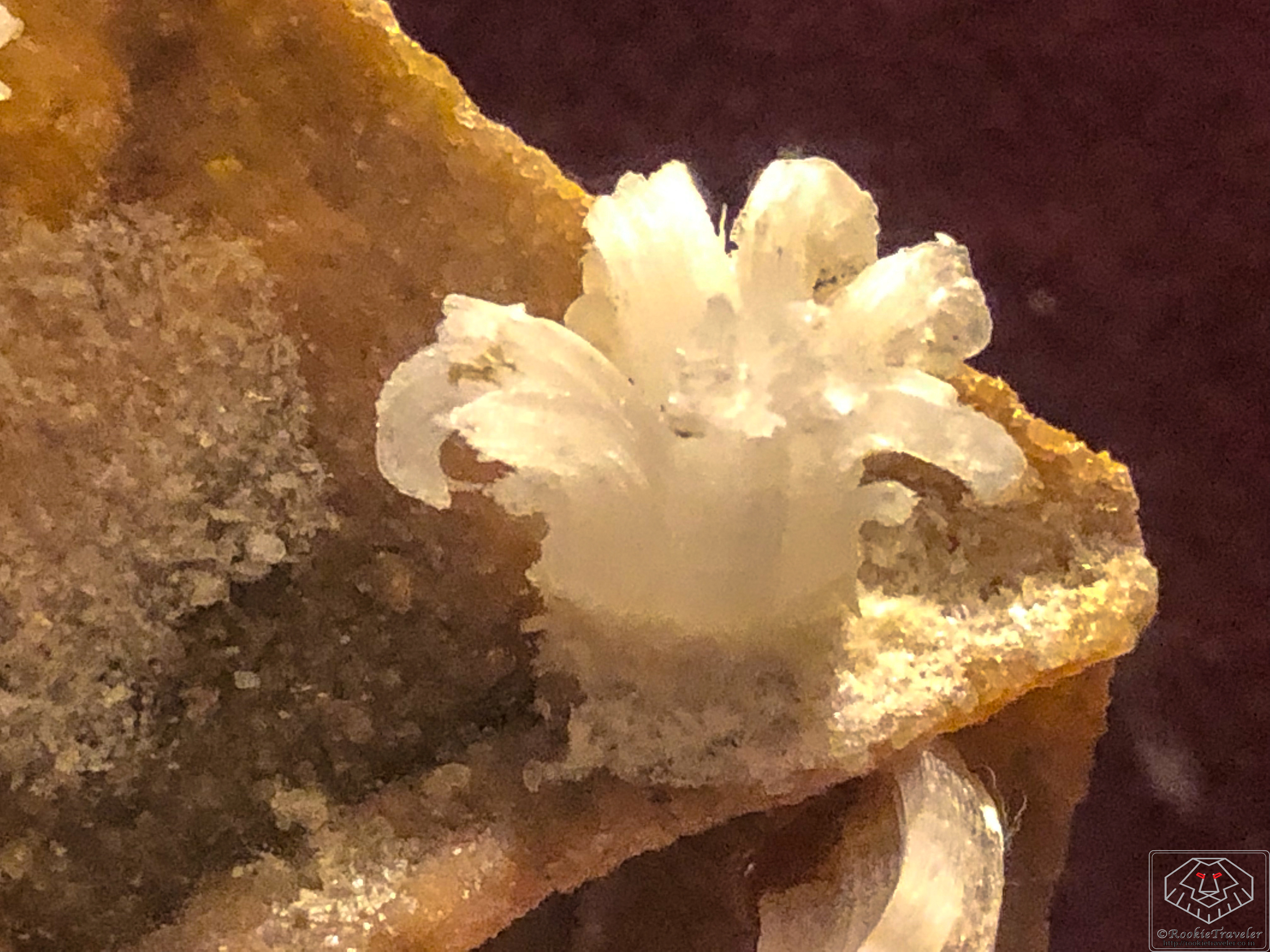
Wind Cave National Park is an American national park located 10 miles (16 km) north of the town of Hot Springs in western South Dakota. Established on January 3, 1903 by President Theodore Roosevelt, it was the seventh national park and the first cave to be designated a national park anywhere in the world. The cave is notable for its calcite formations known as boxwork, as well as its frostwork. Approximately 95 percent of the world's discovered boxwork formations are found in Wind Cave. The cave is recognized as the densest cave system in the world, with the greatest passage volume per cubic mile. Wind Cave is the seventh longest cave in the world with 154.2 miles (248.16 km) of explored cave passageways (as of 2021) and the third longest cave in the United States. Above ground, the park includes the largest remaining natural mixed-grass prairie in the United States. The three levels making up the Wind Cave system are located in the upper 76 m of the Mississippian Pahasapa (Madison) Limestone. Deposited in an inland sea, chert, gypsum, and anhydrite lenses within the limestone are evidence of high periods of evaporation. When sea levels dropped at the end of the Mississippian, dissolution of the limestone formed a Kaskaskia paleokarst terrain, complete with solution fissures, sinkholes, and caves. Thus, an unconformity exists between this limestone and the overlying Pennsylvanian Minnelusa Formation. These red sands and clays filled in cavities. Those cavities not filled in were coated in dogtooth spar. Subsequent deposition of the Permian Opeche Shale, Permian Minnekahta Limestone, Triassic Spearfish Formation, and Tertiary White River Group followed. Paleocene and Eocene erosion removed these overlying sediments, in the area of the caves, down to the Minnelusa. Geologic uplift started during the Laramide Orogeny, which lowered the water table, draining the cave system and enlarging it. Today the water level is 150 m below the surface, which amounts to a drop of 0.4 m every 1000 years. Boxwork was first noted in Wind Cave. These calcite fins were once cracks filling gypsum and anhydrite. Calcite-gypsum pseudomorphs are common. The released sulfuric acid weakened the bedrock, allowing it to weather faster than the calcite. The resultant intersecting fins form open chambers and protrude from the surrounding bedrock by amounts ranging from 0.6 to 1.2 m. Lower levels of the cave have boxworks mixed with frostwork and cave popcorn. Helictite bushes were also first discovered in Wind Cave. Moonmilk is found on many surfaces, while calcite rafts are found in the lower levels of the cave system The first cave to be designated a national park, Wind Cave National Park features the world's largest concentration of rare boxwork formations along with 33,970 acres of forest and prairie on the surface that act as a natural sanctuary for wildlife.













